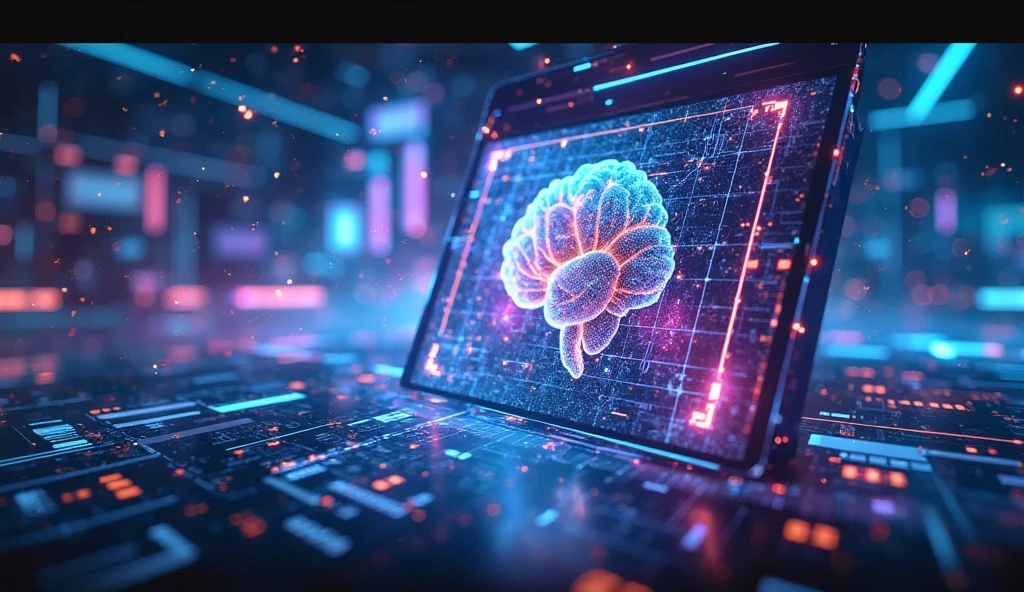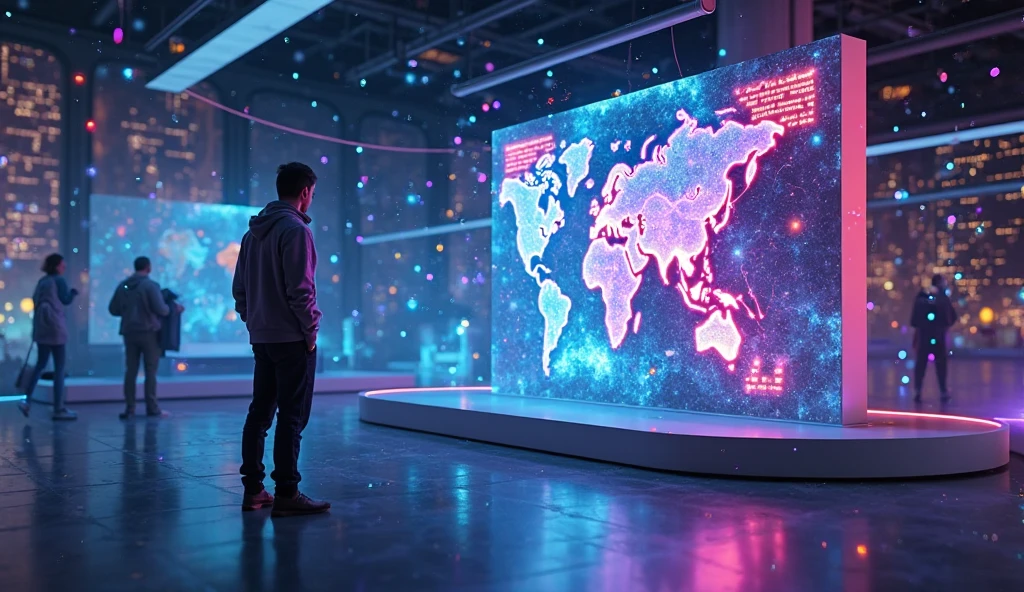Artificial Intelligence has transformed the creative landscape, making professional-quality image generation accessible to everyone. This comprehensive guide explores everything you need to know about AI image generation - from how the technology works to its practical applications across industries.
Key Takeaways:
- AI image generators use advanced machine learning models to create visuals from text prompts
- The technology offers significant time and cost savings compared to traditional methods
- Applications span marketing, education, entertainment, and product design
- Quality and control continue to improve with each new model iteration
What is AI Image Generation?
AI image generation represents one of the most groundbreaking applications of artificial intelligence in the creative field. These systems use deep learning models trained on millions of image-text pairs to understand the relationship between language and visual concepts.
Unlike traditional digital art tools that require manual manipulation of pixels, AI generators create entirely new images based on textual descriptions. The most advanced systems today can produce photorealistic images, artistic renderings in various styles, and even complex scenes with multiple elements.

The AI image generation process transforms text prompts into detailed visuals
How Diffusion Models Work
The current generation of AI image tools primarily uses diffusion models. These systems work by:
- Starting with random noise
- Gradually refining the image through multiple steps
- Using the text prompt as guidance for what to create
- Applying sophisticated algorithms to enhance details
This process typically happens in 20-50 steps, with each iteration making the image clearer and more aligned with the requested prompt.
Key Benefits of AI Image Generation
The advantages of AI-powered image creation extend far beyond simple convenience. This technology offers transformative benefits for professionals and hobbyists alike.
1. Unmatched Speed and Efficiency
Traditional image creation methods can take hours or days. AI generators produce high-quality results in seconds, enabling rapid iteration and concept exploration.
Case Study: A marketing agency reduced their content creation time by 70% using AI image generation for social media campaigns.
2. Cost-Effective Visual Content
Professional photography and commissioned artwork can be expensive. AI generation provides a budget-friendly alternative without sacrificing quality.
3. Limitless Creative Possibilities
AI can visualize concepts that would be impossible or impractical to capture through traditional means - from fantasy creatures to futuristic cityscapes.

Various art styles achievable with AI image generation
Practical Applications Across Industries
AI image generation has found valuable applications in numerous fields:
1. Marketing and Advertising
Marketers use AI to create:
- Social media content
- Ad campaign visuals
- Product mockups
- Branded illustrations
2. Education and Training
Educators leverage AI to produce:
- Custom illustrations for textbooks
- Visual aids for complex concepts
- Historical recreations
- Scientific visualizations
3. Entertainment and Media
The entertainment industry uses AI for:
- Concept art development
- Storyboarding
- Character design
- Background assets
Getting Started with AI Image Generation
Creating your first AI-generated images is straightforward:
1. Crafting Effective Prompts
The key to great results lies in writing detailed prompts that include:
- Clear subject description
- Desired style (photorealistic, oil painting, etc.)
- Composition details
- Lighting and atmosphere
Pro Tip: Start with simple prompts and gradually add more details as you understand how the AI interprets your input.
2. Choosing the Right Style
Most AI generators offer multiple style options:
| Style | Best For |
|---|---|
| Photorealistic | Product images, portraits, realistic scenes |
| Digital Art | Concept art, illustrations, creative projects |
| Anime | Character design, manga-style artwork |
| Oil Painting | Classical artwork, decorative pieces |
Future Trends in AI Image Generation
The field of AI-generated imagery continues to evolve rapidly. Key developments to watch include:
1. Improved Coherence and Detail
Next-generation models promise better handling of complex prompts with more accurate details and fewer artifacts.
2. Video Generation
The natural progression from static images to AI-generated video content is already underway.
3. Integration with Creative Tools
Expect tighter integration with popular design software like Photoshop and Illustrator.
4. Personalized Style Adaptation
Future systems may learn individual artistic styles based on user preferences and past creations.
Industry Insight: The AI image generation market is projected to grow at 32% CAGR through 2028, driven by increasing adoption across creative industries.
Ethical Considerations
As with any powerful technology, AI image generation comes with important ethical considerations:
1. Copyright and Ownership
Legal frameworks are still evolving regarding AI-generated content ownership and copyright status.
2. Misinformation Risks
The ability to create realistic images raises concerns about potential misuse for deceptive purposes.
3. Impact on Creative Professionals
The technology presents both challenges and opportunities for artists and photographers.
FAQ Section
Is AI image generation free to use?
Many AI image generators offer free tiers with basic functionality, while more advanced features may require payment. Our service provides completely free AI image generation with no usage limits.
Do I need artistic skills to use AI image generators?
No specialized artistic skills are required. The ability to describe what you want in words is the primary skill needed, though understanding basic art concepts can help create better results.
Can I use AI-generated images commercially?
This depends on the specific generator's terms of service. Many allow commercial use, but some may have restrictions. Always check the license terms before using AI-generated images for commercial purposes.
How do AI image generators differ from traditional design software?
Traditional software requires manual creation/editing of images, while AI generators create new images automatically based on text descriptions. AI tools can produce results much faster but offer less precise control.
What's the future of AI in creative fields?
AI is expected to become a standard tool in creative workflows, augmenting rather than replacing human creativity. The most successful professionals will likely be those who learn to effectively collaborate with AI tools.
Conclusion
AI image generation represents a transformative shift in how we create and interact with visual content. By making professional-quality image creation accessible to everyone, this technology is democratizing creativity in unprecedented ways.
As the technology continues to evolve, we can expect even more sophisticated capabilities and seamless integration into creative workflows. The future of digital art and visual communication is being rewritten by AI, offering exciting possibilities for professionals and hobbyists alike.
Ready to Create Your Own AI Images?
Try our free AI image generator today and experience the power of AI-assisted creativity.
Start Generating Now
About the Author
Sajid Ali is a digital artist and AI technology enthusiast with over 10 years of experience in creative fields. She regularly writes about the intersection of art and artificial intelligence.